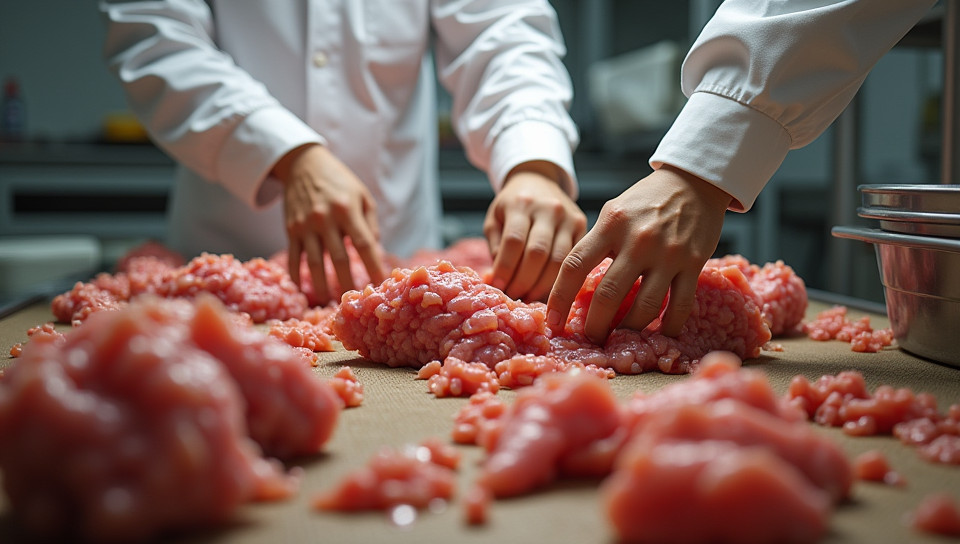Potential for contamination with animal products in processing 86%

The Hidden Dangers of Animal Product Contamination in Processing
As food manufacturers and processors, we're constantly striving to produce high-quality products that meet the evolving demands of consumers. However, one critical aspect often overlooked is the potential for contamination with animal products during processing. This issue can have severe consequences on product safety, brand reputation, and ultimately, customer trust.
The Risks of Cross-Contamination
Cross-contamination occurs when animal-derived materials come into contact with food products, potentially introducing allergens, bacteria, or other contaminants. This can happen at various stages of the processing chain, from raw material sourcing to finished product packaging.
Common Sources of Contamination
- Raw milk and dairy products
- Meat and poultry by-products
- Fish and seafood derivatives
- Eggs and egg products
- Honey and other bee-derived products
Preventing Cross-Contamination in Processing
Preventing cross-contamination requires a multi-faceted approach that involves:
Process Control Measures
Implementing effective process controls is crucial to minimizing the risk of contamination. This includes:
- Strict cleaning and sanitation protocols
- Robust equipment design and maintenance
- Proper storage and handling practices
- Employee training and awareness programs
The Importance of Testing and Validation
Regular testing and validation are essential to ensuring that our products meet the highest standards of quality and safety. This involves:
Implementing Effective Testing Protocols
- Regular microbiological testing for pathogens and spoilage organisms
- Chemical testing for allergens, heavy metals, and other contaminants
- Physical testing for texture, appearance, and packaging integrity
Conclusion
The potential for contamination with animal products in processing is a serious concern that requires attention from food manufacturers and processors. By understanding the risks of cross-contamination, implementing effective process control measures, and regularly testing and validating our products, we can ensure the highest levels of quality and safety. Ultimately, it's up to us to prioritize consumer trust and confidence by taking proactive steps to prevent animal product contamination in processing.
- Created by: Yuina Chiba
- Created at: Aug. 21, 2024, 12:02 a.m.
- ID: 7909







